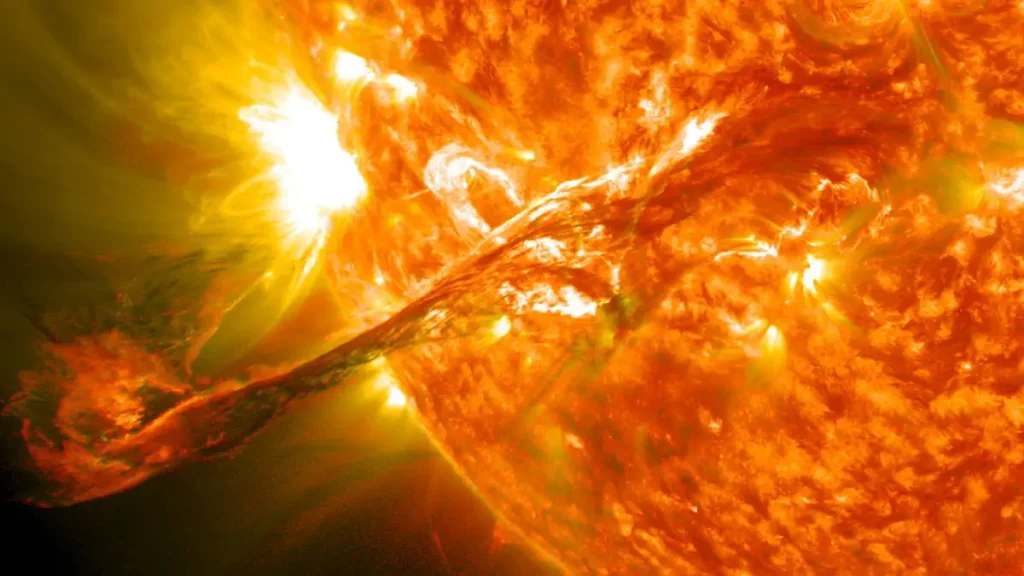Amidst the vast, frigid expanse of space, Earth shines as a unique cradle of life. This blue gem has harbored life for over 3.5 billion years and, barring unforeseen catastrophes, promises to continue for billions more. But, what makes life on earth possible? Explore the 10 key elements that make our planet a haven for life.
Key Takeaways
- Life on Earth is possible due to a unique combination of cosmic and planetary factors.
- The Earth’s location in the Milky Way and in the Solar System, the Sun’s stability, the presence of water, a protective magnetic field, and the existence of our moon contribute to sustaining life.
What Makes Life on Earth Possible?
What underlies the miracle of our existence? This exploration unravels the critical components – from the stabilizing forces of our solar system to the essential elements fostering life on our planet. We delve into the cosmic positioning, planetary features, and natural phenomena that collectively answer the intriguing question: What makes life on Earth possible?
1. The Milky Way galaxy is suitable for life
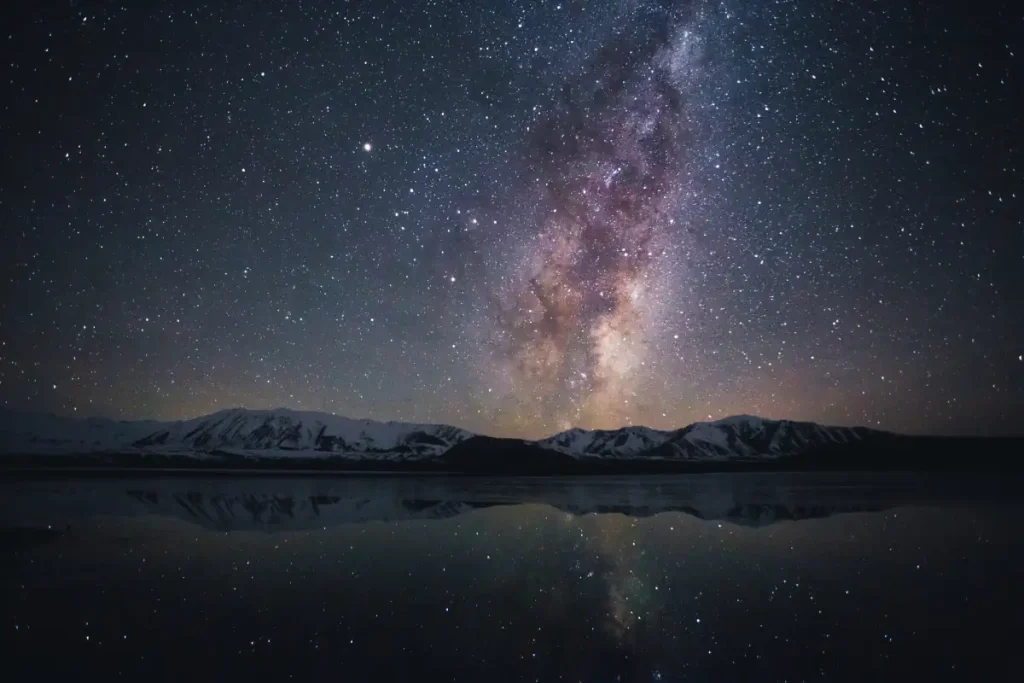
In the grand tapestry of the cosmos, the Milky Way stands out as an ideal host for life. Nestled in its sparsely populated outskirts, Earth is shielded from the universe’s more volatile regions. Research indicates that only about 10% of all galaxies have the right conditions to support life as we know it, with the Milky Way being one of them.
One significant threat to life in the universe comes from gamma-ray bursts (GRBs), the most intense electromagnetic events in the cosmos. A GRB close to Earth could be devastating, potentially raising harmful UV levels and disrupting life. Furthermore, the dense clustering of stars in some galaxies poses additional risks, making them less suitable for life.
Interestingly, a 2015 study highlights that elliptical galaxies might even surpass the Milky Way in terms of habitability. However, our galaxy’s balanced structure and relatively calm environment make it an exceptional haven for life in an often turbulent universe.
2. The Solar System’s location in the Milky Way galaxy is a safe place
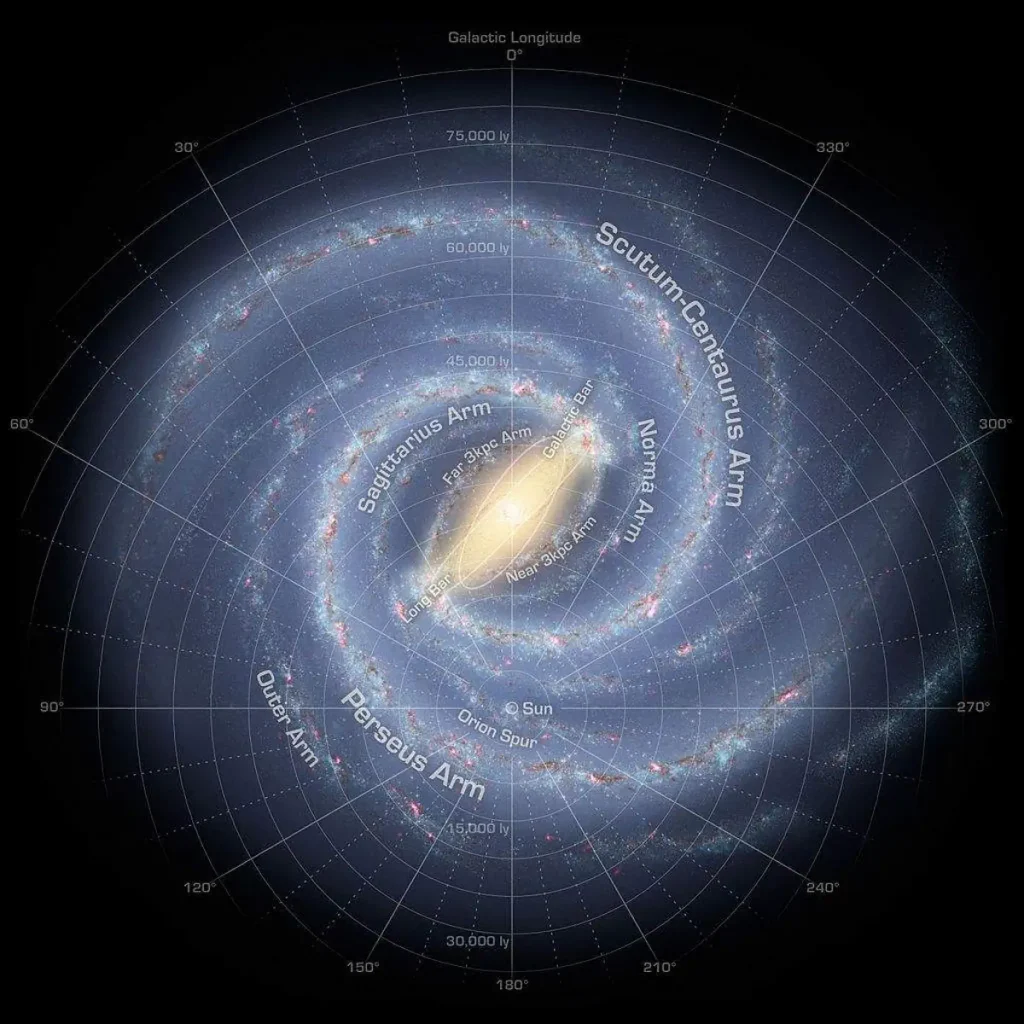
Fortunately for us, we live in the “boring” suburbs of the Milky Way. Our Solar System‘s location in the Milky Way offers a unique shield against cosmic hazards. Residing in the Orion Arm, a region about two-thirds from the galaxy’s center, we inhabit what’s known as the “Galactic habitable zone.” This area is far from the chaotic core of the galaxy, providing a relatively stable and safe environment for life to flourish.
The Orion Arm is akin to the suburbs of the galaxy – calm and uneventful but vital for our existence. This region’s balanced metallicity is key for forming rocky planets like Earth. Metals, which in astronomy refer to all elements heavier than hydrogen and helium, are crucial building blocks. They are forged in the hearts of massive stars and dispersed across the galaxy through supernova explosions and events like neutron star collisions. A study suggests that a significant portion of Earth’s heavy elements originated from such a collision near our nascent Solar System.
Moreover, our location shields us from frequent and intense cosmic threats. Supernovae, the spectacular end-of-life explosions of massive stars, can be incredibly destructive. A nearby supernova could strip away our protective ozone layer, exposing the planet to lethal levels of ultraviolet radiation. Fortunately, our position in the Orion Arm keeps us at a safe distance from these cataclysmic events. This strategic location in the galaxy not only protects us but also provides a stable environment where complex life can evolve and thrive.
3. Our Sun is a stable, long-lasting, and metal-rich star
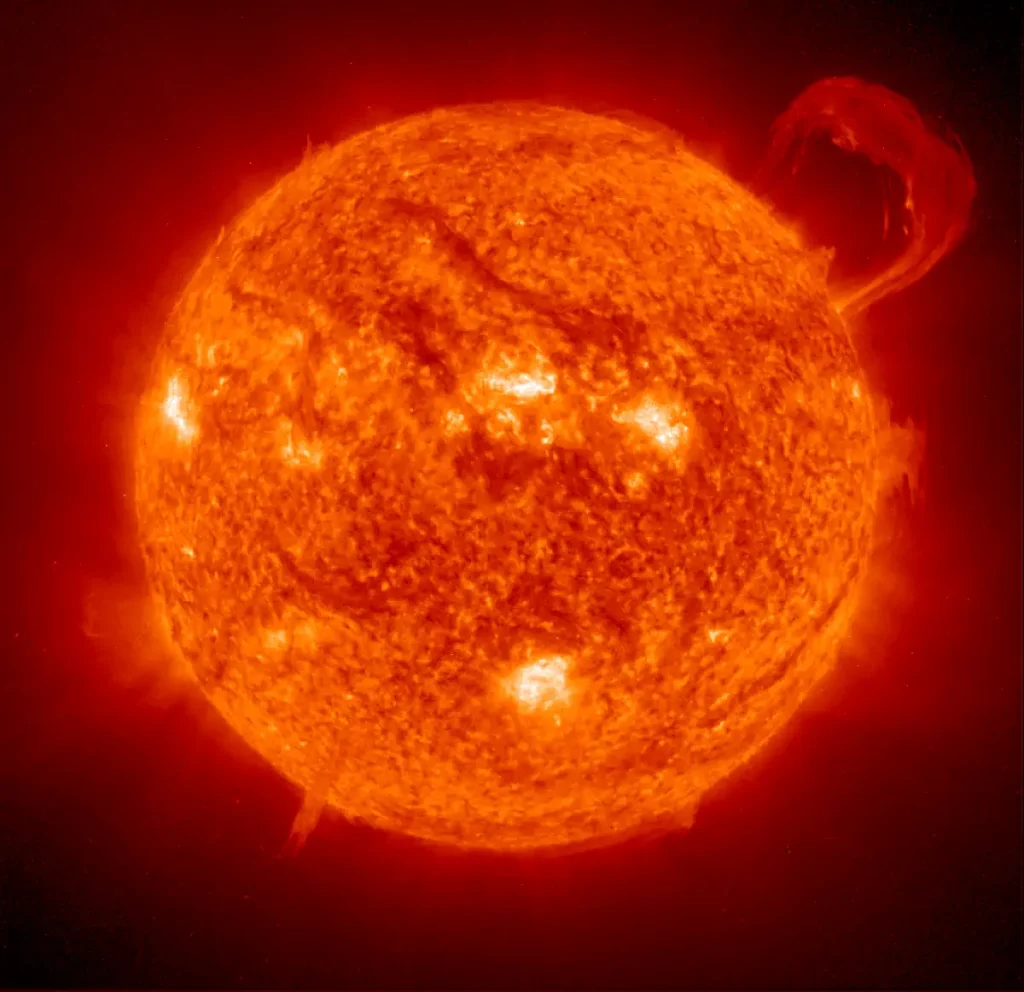
At the heart of Earth’s ability to sustain life is our Sun, a star remarkable for its stability, longevity, and rich metallicity. Unlike larger stars, which live short and tumultuous lives, our Sun offers a steady, long-lasting source of energy crucial for life’s development. Hypergiants, the universe’s largest stars, may live for only a few million years, insufficient for complex life to evolve on surrounding planets. In contrast, our Sun is expected to sustain its life-supporting glow for billions of years.
The Sun’s relatively smaller size contributes to its stability. Massive stars burn out quickly, while smaller stars, like red dwarfs, often suffer from instability, subjecting their planets to harmful radiation bursts. Our Sun strikes a perfect balance, offering a consistent and nurturing light.
Moreover, the Sun’s metal-rich composition sets it apart. Formed in a metal-abundant region of the Milky Way, it migrated to its current position, carrying with it an abundance of essential elements. These metals, which in astronomy refer to elements heavier than hydrogen and helium, are vital for planet formation. Observational studies indicate that metal-rich stars are more likely to host Earth-like planets, formed from disks with significant metallic content.
The chemical makeup of our Solar System, enriched with metals, provides the fundamental elements (carbon, hydrogen, nitrogen, oxygen, phosphorus, and sulfur, collectively known as CHNOPS) necessary for life. This extraordinary combination of stability, longevity, and rich elemental composition makes our Sun a cornerstone in the framework of conditions that make life on Earth possible.
4. The Earth is just at the right distance from the Sun
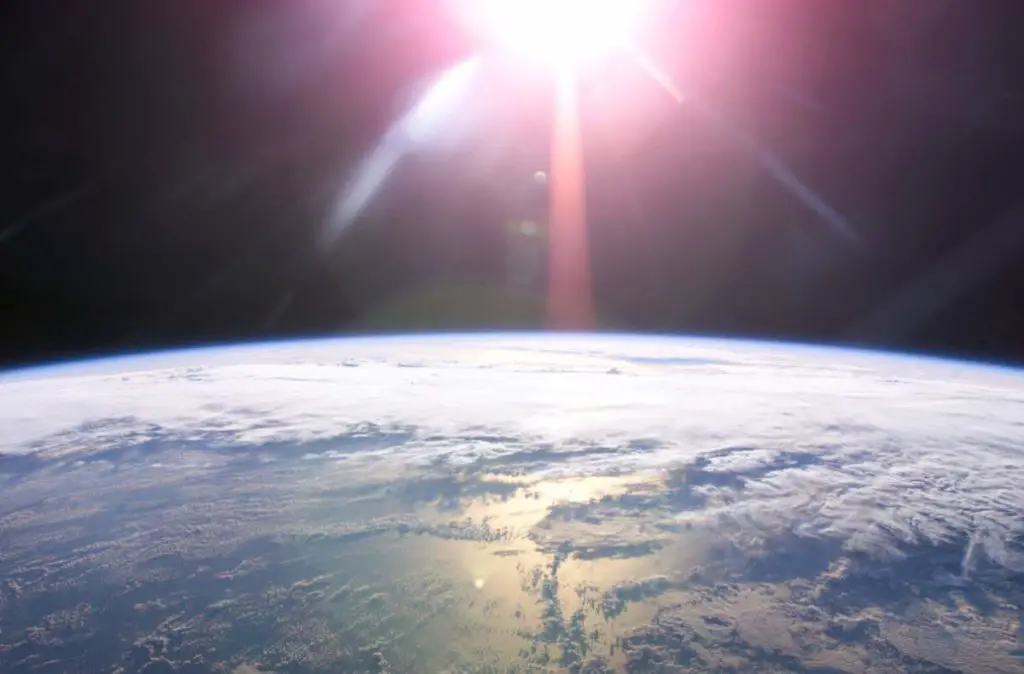
Earth’s life-sustaining features owe much to its ideal distance from the Sun, residing in what’s known as the “Habitable Zone” or “Goldilocks Zone”. This critical orbital range is where a planet can maintain liquid water on its surface – not too hot that it would evaporate away, nor too cold that it would freeze solid. Earth’s position within this zone is crucial for its vast oceans, a key ingredient for life as we know it.
If Earth were closer to the Sun, our planet would be too warm, leading to the evaporation and loss of oceans, transforming Earth into a barren, waterless world. Conversely, being farther away would mean frozen oceans, creating a planet encased in ice, unsuitable for most life forms.
The concept of the Goldilocks zone is inspired by the children’s tale of Goldilocks and the Three Bears, where Goldilocks prefers things that are “just right,” neither too extreme one way nor the other. In planetary terms, it refers to the optimal range of distances from a star where conditions are just right for liquid water to exist.
5. Gas giants Jupiter and Saturn protect Earth from bombarding asteroids
![What makes life on Earth possible? Gas giants Jupiter and Saturn protect Earth from bombarding asteroids. Cassini image of Saturn and its rings [October 28, 2016]](https://ourplnt.com/wp-content/uploads/2023/05/Saturn-Cassini-2016-10-28-1024x532.jpg)
Jupiter and Saturn, the gas giants of our Solar System, play a crucial role in shielding Earth from potential asteroid bombardments. These massive planets act as celestial bodyguards, their immense gravitational fields diverting or capturing debris that could otherwise impact Earth. This protective effect has been pivotal in Earth’s evolutionary history.
NASA’s Tom Barclay and his team have shown through simulations that, without Jupiter and Saturn, Earth would have faced a much higher frequency of massive impacts. Such catastrophic events, like the one believed to have formed our Moon 4.5 billion years ago, could have repeatedly disrupted Earth’s path to hosting life.
Moreover, the gravitational influence of these gas giants extends beyond mere deflection. They help clear the Solar System of smaller objects and debris. By either capturing them or slinging them into outer space, Jupiter and Saturn effectively reduce the number of potential threats that could collide with Earth. This process of celestial cleaning, accelerated by the gas giants’ significant angular momentum, has helped stabilize the inner Solar System, making it a safer place for Earth and allowing life to flourish uninterrupted.
The presence of Jupiter and Saturn, therefore, is not just a feature of our Solar System’s architecture but a fundamental protective mechanism. Their role extends beyond their immediate surroundings, contributing significantly to the overall habitability of Earth.
6. There’s water on Earth
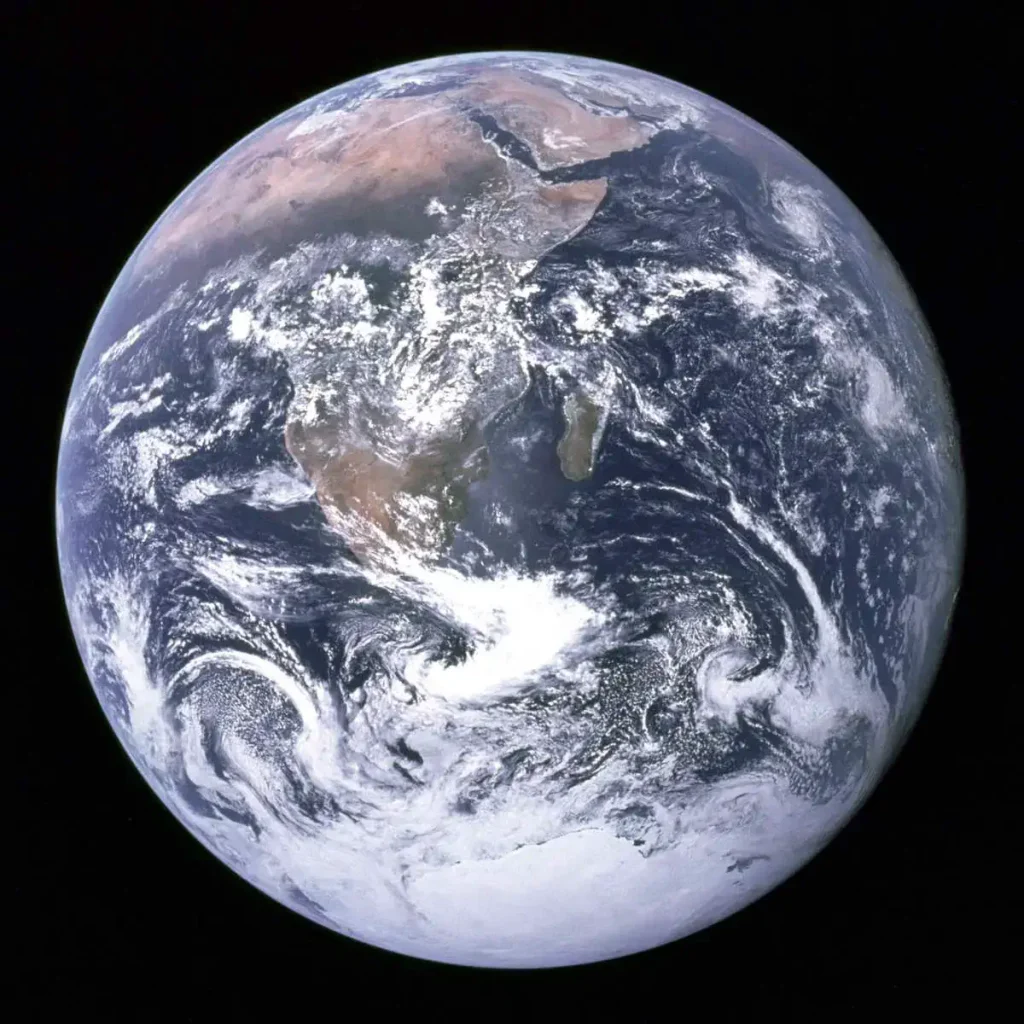
Earth’s distinction as a “blue marble” in the cosmos is largely due to its abundant water, covering about 71 percent of the planet’s surface in the form of oceans and lakes. This prevalence of water is more than a mere surface feature; it’s a fundamental ingredient for life.
The critical role of water in supporting life cannot be overstated. Its unique property as a “universal solvent” allows it to dissolve a wide range of molecules, making it a key player in life’s complex chemistry. This ability to host various chemical reactions makes water an indispensable medium for life processes.
Biologically, water’s solvent property is central to cellular function. It facilitates the transportation and utilization of vital substances like oxygen and nutrients within organisms. For example, in human bodies, blood, which is primarily water, is essential for transporting these molecules to where they are needed. This includes carrying oxygen for respiration, a fundamental process for life.
The significance of water extends beyond its chemical properties. It’s also crucial in maintaining a stable climate, as water bodies help regulate Earth’s temperature. The water cycle, involving evaporation and precipitation, is a key ecological system that sustains both aquatic and terrestrial life forms.
In essence, water is not just part of Earth’s identity; it is a dynamic force that has shaped and continues to drive the complex web of life on our planet. Its presence in liquid form, a rarity in the solar system, underscores Earth’s uniqueness as a haven for life.
7. Earth has a protective magnetic field
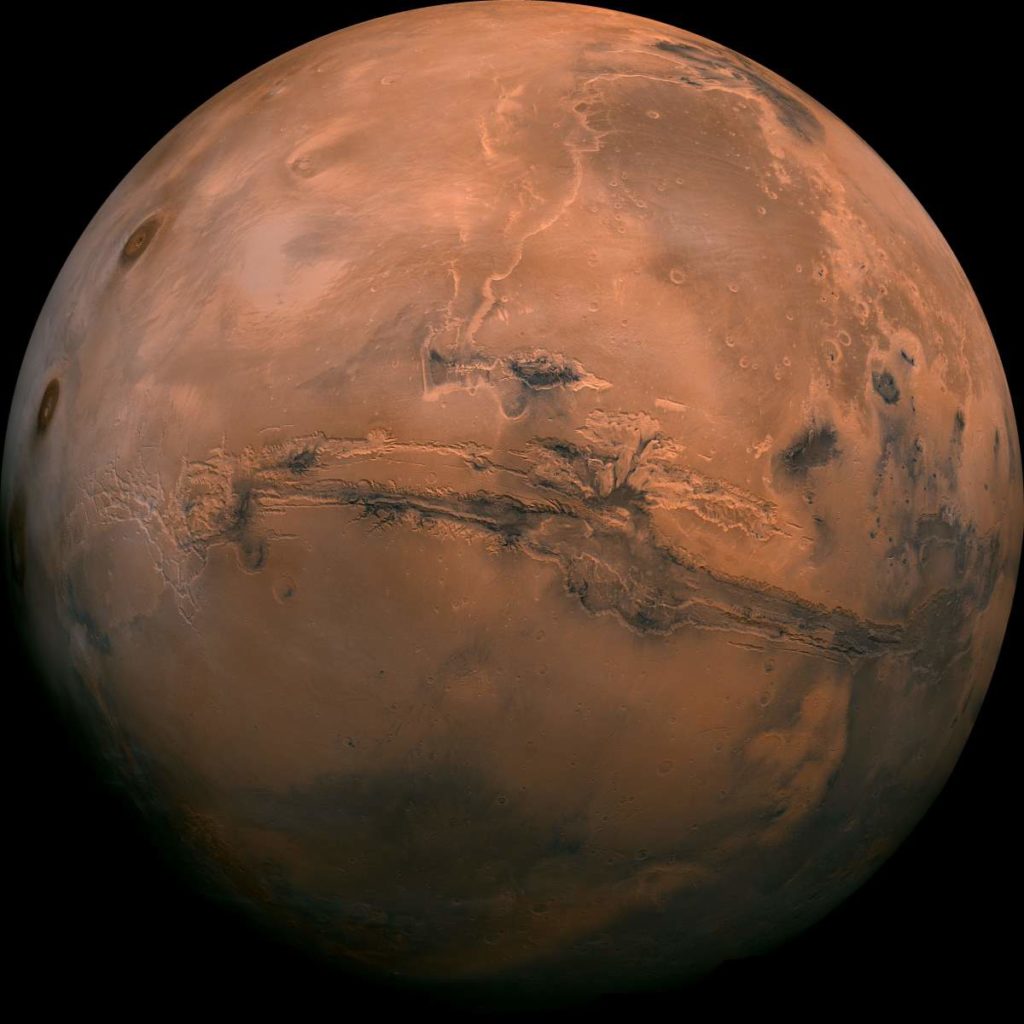
Earth’s magnetic field stands as an invisible but powerful protector, playing a crucial role in preserving the planet’s habitability. This magnetic shield extends far beyond the surface, deflecting most of the solar wind – streams of charged particles emanating from the Sun. Without this protective field, these solar winds could have devastating effects on Earth, similar to what occurred on Mars.
The magnetic field’s primary role is to safeguard Earth’s atmosphere and, by extension, its oceans. In the absence of this magnetic barrier, the solar wind could gradually strip away the ozone layer. The ozone layer is essential for filtering out the Sun’s harmful ultraviolet radiation, which can be lethal to many forms of life and can damage DNA. Moreover, without this protective layer, Earth’s surface would be exposed to intense radiation, making the evolution and sustainability of life as we know it incredibly challenging.
Additionally, the magnetic field plays a pivotal role in preserving Earth’s atmosphere. On Mars, the lack of a significant magnetic field has led to a near-total loss of its atmosphere, rendering the planet barren and inhospitable. Earth’s magnetic field prevents this scenario, maintaining the atmosphere that keeps the planet warm and hosts the air we breathe.
In summary, Earth’s magnetic field is not just a cosmic oddity; it’s a fundamental aspect of our planet’s ability to support life. It acts as a shield and a guardian, playing a vital role in maintaining the conditions necessary for life to thrive on Earth.
8. Earth has a big moon to stabilize its axial wobble

Earth’s Moon plays a pivotal role in stabilizing our planet’s climate and facilitating conditions conducive to life. One of its key functions is to moderate Earth’s axial tilt, which in turn influences our seasons. Without the Moon’s gravitational influence, Earth’s tilt would vary dramatically, leading to extreme and erratic climatic conditions.
The Moon’s presence ensures that the tilt of Earth’s axis remains relatively stable, fluctuating only between 22.1 and 24.5 degrees over a 40,000-year cycle. Currently, the axial tilt is approximately 23.5 degrees. This stability is crucial for maintaining the moderate seasons we experience, allowing for a diverse range of ecosystems and enabling life to thrive in various environments.
Additionally, the Moon significantly influences Earth’s tides. If the Moon were smaller or further away, the tides would be about a quarter of their current size. Tides play a vital role in the ecological balance of coastal areas and are thought to have been critical in the early stages of life on Earth. By mixing nutrients and aiding in the dispersal of organisms, tides may have jump-started biological processes essential for the evolution of complex life.
Moreover, the formation of the Moon itself, resulting from a colossal impact in Earth’s early history, may have been a defining moment for our planet’s trajectory. This event likely positioned Earth at just the right distance from the Sun to reside within the habitable zone, also known as the Goldilocks zone. Without the Moon’s formation, Earth’s orbit could have been drastically different, potentially placing our planet outside the ideal range for life to develop.
In essence, Earth’s large Moon is not merely a companion in our journey around the Sun but a fundamental factor in maintaining the delicate balance necessary for life. Its influence on Earth’s tilt and tides underscores the interconnectedness of celestial bodies and their role in shaping the conditions for life as we know it.
9. Earth’s Atmosphere: A Balancing Act for Life

Earth’s atmosphere is integral to maintaining the planet’s habitability. It goes beyond simply being a layer of gases; it plays a critical role in regulating temperature and maintaining liquid water. Atmospheric pressure allows for the existence of water in liquid form, a necessity for most life forms. This pressure, coupled with a mix of life-sustaining gases like oxygen and nitrogen, creates a stable environment for life.
Moreover, the atmosphere acts as a shield, protecting life on Earth from harmful solar radiation and cosmic rays, while also contributing to a balanced greenhouse effect. This effect, crucial for maintaining Earth’s warmth, demonstrates how our atmosphere is finely tuned to support life.
10. Geothermal and Plate Tectonics: Earth’s Engine for Life
The geothermal activity and plate tectonics of Earth play a pivotal role in sustaining life. The planet’s internal heat drives geothermal processes, which are essential for creating and maintaining a dynamic surface environment. Plate tectonics shape the planet’s surface, forming mountains, oceans, and continents, and are key in the carbon cycle, crucial for regulating Earth’s climate over millennia. This tectonic activity also promotes biodiversity through the creation of diverse habitats.
Furthermore, geothermal energy sources from the Earth’s interior are thought to have been crucial for the origin of life, providing the necessary heat and minerals at hydrothermal vents. These vents could have been the cradles of life, offering the right conditions for life’s early chemistry. This intricate interplay of heat, movement, and chemistry makes Earth not just a static rock in space, but a dynamic, life-supporting world.
Sources
- “Move over Milky Way, elliptical galaxies are the most habitable in the cosmos” on the Phys.org website
- “Milky Way and Our Location” on the NASA website
- What is Earth’s location in space? on caltecth.edu
- “The First Planets: the Critical Metallicity for Planet Formation” on Arxiv.org
- History of Earth on Wikipedia
- How long will life survive on planet Earth? on the BBC website
- How Much Longer Can Earth Support Life? on Live Science
- “Galactic habitable zone” on Wikipedia
- “Galactic Habitable Zones” on the Astronomy Education at the University of Nebraska-Lincoln website
- Gamma-ray burst on Wikipedia
- Galactic Habitable Zones on the Astrobiology Magazine website
- Sun on Wikipedia
- “Life on Earth Can Thank Its Lucky Stars for Jupiter and Saturn” on Space.com
- Earth’s magnetic field on Wikipedia
- Life on Wikipedia
- Biological Roles of Water: Why is water necessary for life? on the Harvard University website
- How Many Elephants are Left in the World in 2025? - August 17, 2025
- Moon Landings: All-Time List [1966-2025] - February 2, 2025
- What Is Max-Q and Why Is It Important During Rocket Launches? - January 16, 2025

